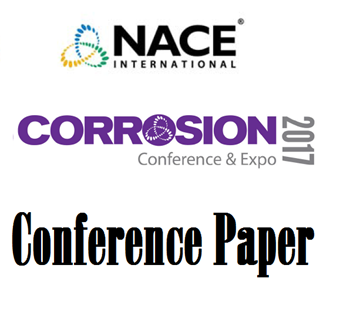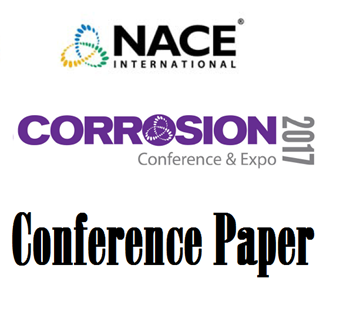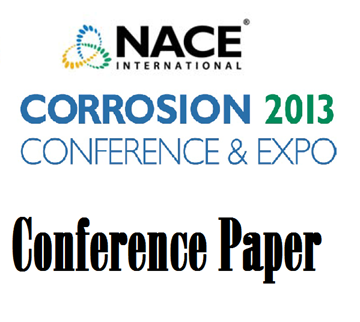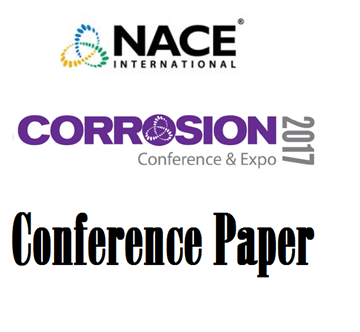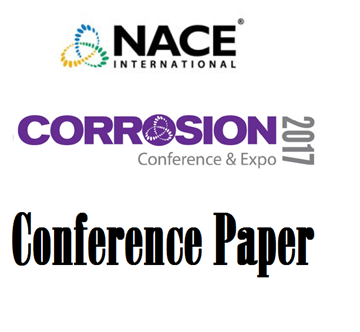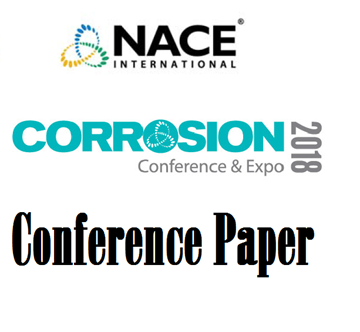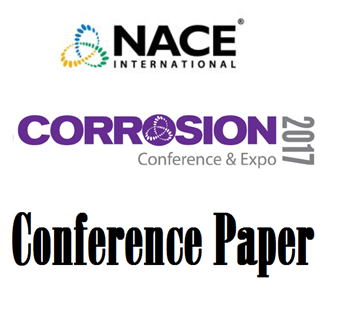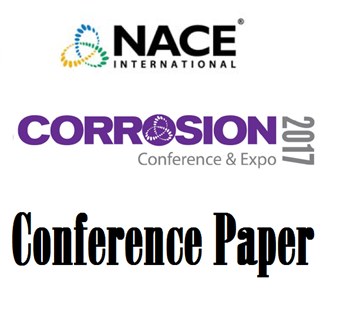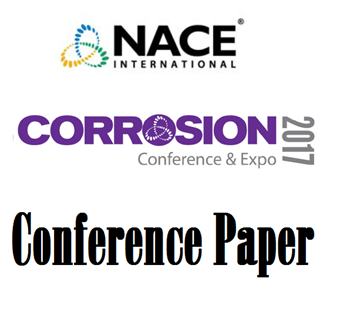Search
Science of Corrosion
View as
Sort by
Display
per page
Corrosion and Materials Fundamentals for Engineers in Wastewater Treatment Plants & Collection Systems, 3rd Edition (E-book)
Product Number:
37609-E
ISBN:
978-1-57590-327-9
Publication Date:
2016
$105.00
Corrosion of Nickel Alloys in Elevated Temperature Sour Gas Environments
Product Number:
51317--9135-SG
ISBN:
9135 2017 CP
Publication Date:
2017
$20.00
Corrosion of Stainless Steels AISI 304 and AISI 316 Induced by Sulfare Reducing Bacteria in Anoxic Groundwater
Product Number:
51317--9359-SG
ISBN:
9359 2017 CP
Publication Date:
2017
$20.00
Corrosion Performance of L80-1Cr and L80-3Cr OCTG in High CO2 at Elevated Temperatures
Product Number:
51313-02753-SG
ISBN:
02753 2013 CP
Publication Date:
2013
$20.00
Crevice Corrosion Performance of High Grade Stainless Steels and Ni-Based Alloys in Natural And Treated Seawater
Product Number:
51316-7196-SG
ISBN:
7196 2016 CP
Publication Date:
2016
$20.00
Degradation of Carboxylic Acids and the Impact on Refinery Feed Preparation and Overhead Corrosion
Product Number:
51317--9289-SG
ISBN:
9289 2017 CP
Publication Date:
2017
$20.00
Effect of Acetic Acid on Sour Corrosion of Carbon Steel
Product Number:
51317--9318-SG
ISBN:
9318 2017 CP
Publication Date:
2017
$20.00
EFFECT OF MODELING VARIABLES UPON PROJECTION OF CORROSION INDUCED POST-TENSION TENDON FAILURES
Product Number:
51318-10496-SG
Publication Date:
2018
$20.00
Effect Of N-Furfuryil-Aniline And N-Furyl-C-Phenyl-Nitrone On Corrosion Inhibition Of Low Carbon Steel In 3% Nacl
Product Number:
51322-18167-SG
Publication Date:
2022
$20.00
Effect of Solution pH on Corrosion Product Layer Formation in a Controlled Water Chemistry System
Product Number:
51317--9160-SG
ISBN:
9160 2017 CP
Publication Date:
2017
$20.00
Effect of Temperature on Adsorption Behavior and Corrosion Inhibition Performance of Imidazoline-Type Inhibitor
Product Number:
51317--9350-SG
ISBN:
9350 2017 CP
Publication Date:
2017
$20.00
Effect of Thiosulfate on the Pitting Corrosion of Nickel Base Alloys in Chloride Solutions
Product Number:
51317--9036-SG
ISBN:
9036 2017 CP
Publication Date:
2017
$20.00


